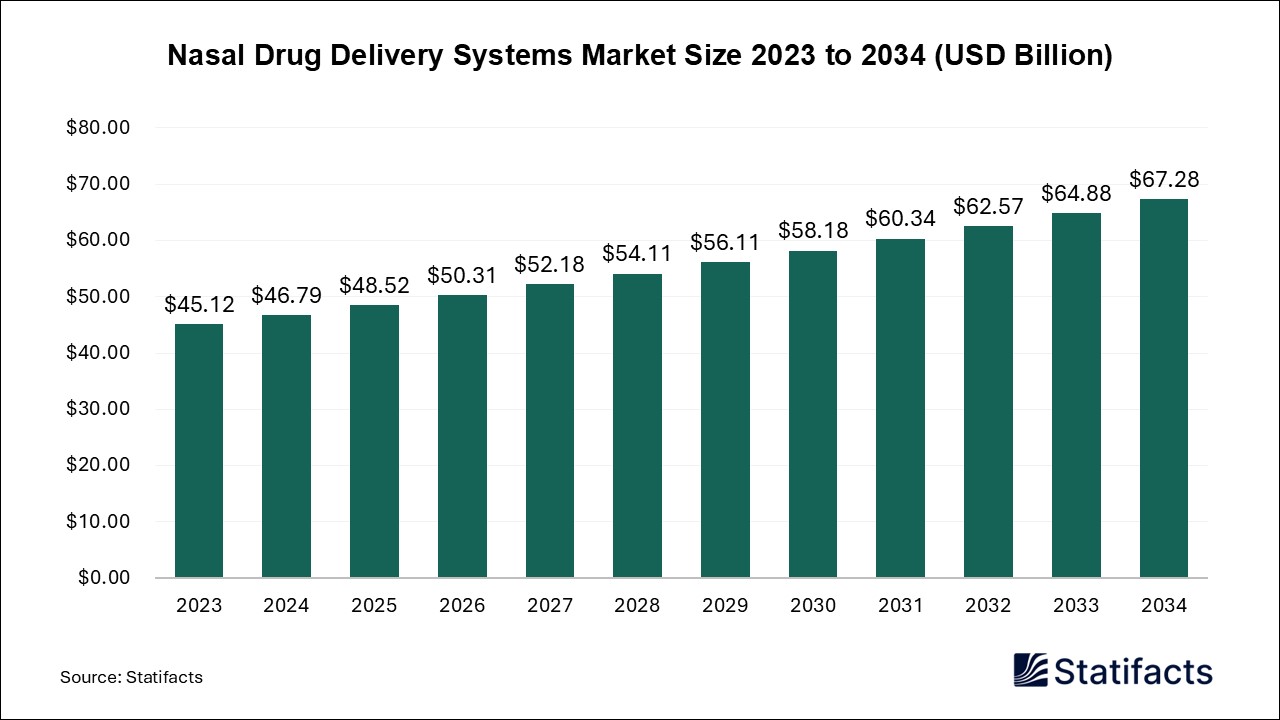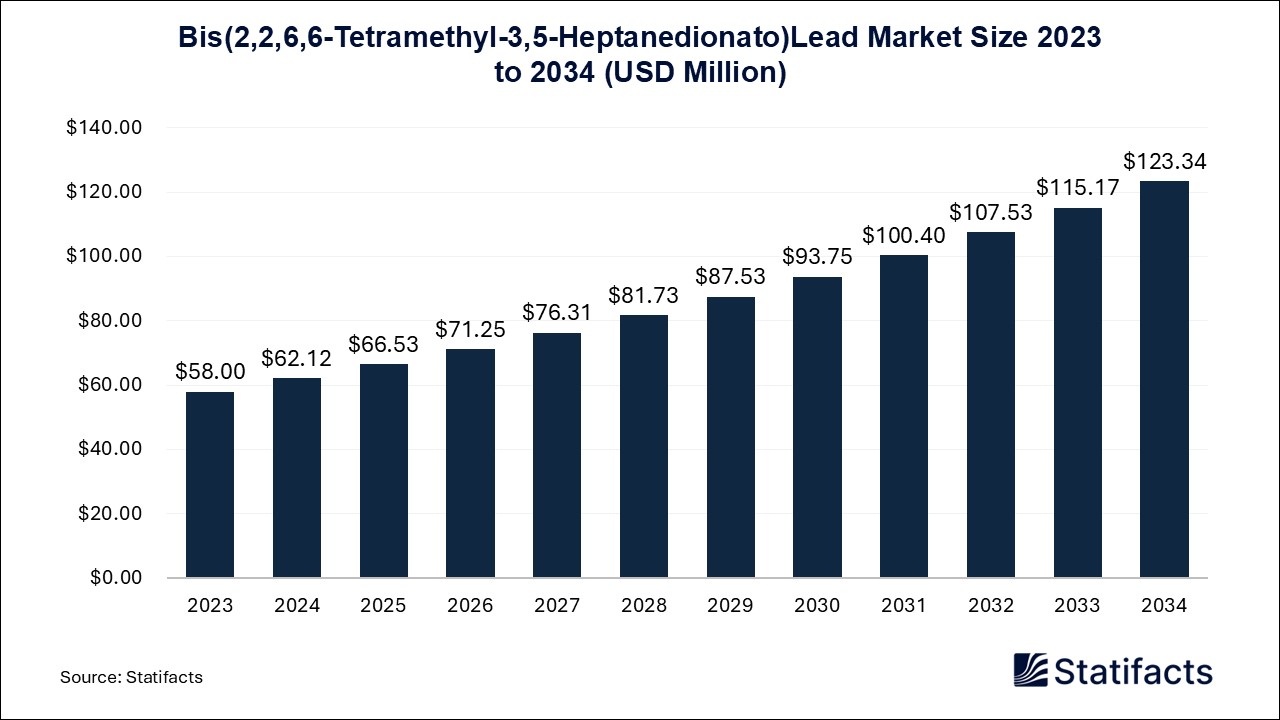

Our customers work more efficiently and benefit from
The global primary cell culture market size accounted for USD 4,810 million in 2024 and is predicted to touch around USD 13,170 million by 2034, growing at a CAGR of 10.6% from 2025 to 2034.
| Industry Worth | Details |
| Market Size in 2025 | USD 5,320 Million |
| Market Size by 2034 | USD 13,170 Million |
| Market Growth Rate from 2025 to 2034 | CAGR of 10.6% |
The primary cell culture market refers to the production, distribution, and application of the primary cell culture, which is the first line of cells directly taken from the target organism. They are identical to the parent tissue. Here, the cells are obtained from the source through many enzymatic or mechanical methods and are transferred to a cell culture medium. They usually have a shorter life span. Primary cell culture refers to the culturing of cells directly obtained from a multicellular organism. Primary cells are derived from tissue and are not modified, so they are more similar to the in vivo state and exhibit normal physiology.
Therefore, they provide excellent systems models to study the normal physiology and biochemistry of cells and the effects of drugs and toxic compounds on cells. The use of primary cells provides more relevancy to biomedical research than using cell lines. Pre-screened primary cells can be good systems for studying biochemical signaling in vivo very closely. Primary cells reduce the expenditure on animal models and, in turn market research cost-effective. Cell cultures have a high control of the physicochemical environment (like pH, oxygen, osmotic pressure, temperature, and carbon dioxide tension), which can be controlled very accurately, and control of physiological conditions, which can be constantly examined.
The expanding pharmaceutical and biotechnology industry is driving the growth of the primary cell culture market. Cell culture is important in the pharmaceutical and biotechnology industries. Cell culture can be used to determine the effective drugs for selectively destroying only cancer cells. Animal cell cultures are used to replicate the viruses instead of animals for the production of vaccines.
The areas in which the cell culture is used can be counted as the production of vaccines, monoclonal antibodies, hormones, enzymes, interleukin, and some growth factors. Also, cell culture studies serve many fields, like toxicology studies, the development of new drugs, and cell or stem cell therapy methods. Drug safety is a main focus of pharmaceutical microbiology. Pathogenic bacteria, fungi, and toxins produced by microorganisms are all possible contaminants of medicines, although stringent, regulated processes are in place to ensure the risk is minimal.
Government investments in cell-based research are driving the growth of the primary cell culture market. The government plays an important role in spearheading advancements in cell therapy technologies. By initiating funding programs, grants, and subsidies, they reduce the financial barriers associated with the extensive R&D required to drive these therapies toward clinical applications. Investing in stem cell research benefits include stem cells being studied to treat type 1 diabetes, amyotrophic lateral sclerosis, Parkinson’s disease, osteoarthritis, heart failure, and other conditions.
Stem cells may have the potential to be grown to become new tissue for use in transplant and regenerative medicine. Investing in research and development (R&D) is a direct contributor to overall global success for many reasons. R&D drives innovation, improves competitive advantage, facilitates market expansion, and contributes to sustainable development. Government acquisition intended to create future benefits like infrastructure investment or research spending is called government investment or gross fixed capital formation, which generally is the largest part of the government.
Published by Laxmi Narayan , March 2025
For any questions about this dataset or to discuss customization options, please write to us at sales@statifacts.com
| Stats ID: | 8151 |
| Format: | Databook |
| Published: | March 2025 |
| Delivery: | Immediate |
| Price | US$ 1550 |

| Stats ID: | 8151 |
| Format: | Databook |
| Published: | March 2025 |
| Delivery: | Immediate |
| Price | US$ 1550 |

You will receive an email from our Business Development Manager. Please be sure to check your SPAM/JUNK folder too.

Unlock unlimited access to all exclusive market research reports, empowering your business.
Get industry insights at the most affordable plan
Stay ahead of the competition with comprehensive, actionable intelligence at your fingertips!
Learn More Download
Download

